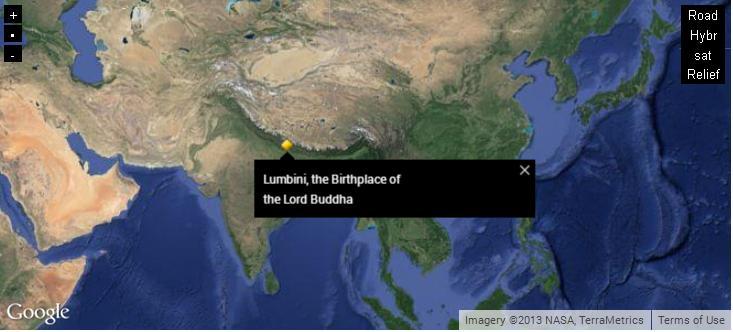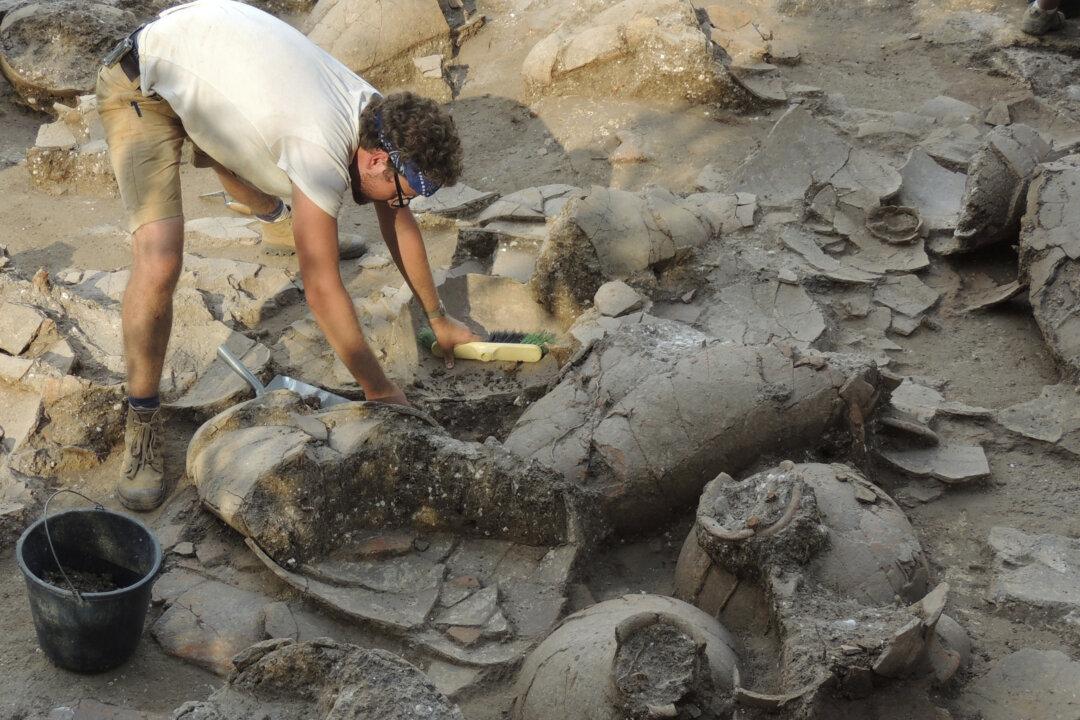Archaeologists in Nepal have uncovered a structure located at the birthplace of the Buddha dating back to the 6th century B.C.
The time frame of the Buddha’s life was previously established through scriptures and other structures at the site dated to the 3rd century B.C. or later. The excavated site was within the Maya Devi Temple at Lumbini. This site has long been identified as the birthplace of Siddhartha Gautama, simply known as “the Buddha.”
Archaeologists uncovered remains of the unknown timber structure under a series of brick temples.
Professor Robin Coningham, lead researcher from Durham University’s Archaeology Department explained to Durham University Press: “Very little is known about the life of the Buddha except through textual sources and oral tradition. Some scholars have maintained that the Buddha was born in the 3rd century B.C.”
The discovery contributes to a greater understanding of the early development of Buddhism, the early life of the Buddha, as well as the spiritual importance of Lumbini.
Ancient tree roots were discovered in the temple, also dating to the 6th century B.C. These roots correlate to the tale describing the birth of Buddha to Queen Maya Devi. She is said to have given birth while holding on to the branch of a tree in Lumbini Garden.
Dating of the timber shrine and the unknown brick structure above it was conducted using radiation measurement techniques—charcoal fragments and grains of sand were tested using radiocarbon and optically stimulated luminescence techniques.
The birth of the Buddha has often been a topic of debate between scholars and historians regarding time and place.
Lumbini is not the only possible location for the Buddha’s birth. Some also say he may have been born in Odisha, India.
Many Buddhists have made pilgrimages to Lumbini, including Emperor Asoka, the Indian king and promoter of Buddhism, in 249 B.C. On Asoka’s visit, he raised a sandstone pillar—a column which contains inscriptions identifying Lumbini to be the birthplace of the Buddha. This pillar was discovered in the jungles of Nepal in 1896, and is one of the most convincing pieces of evidence indicating Lumbini as the birthplace of the Buddha.
The Maya Devi temple at Lumbini remains a living shrine; archaeologists work alongside meditating monks, nuns, and pilgrims. The newly discovered structure is now being developed as a Buddhist pilgrimage center.
The archaeological study was funded by the governments of Japan and Nepal, and supported by the National Geographic Society and Stirling University. The research is published in the international journal Antiquity on November 25.




